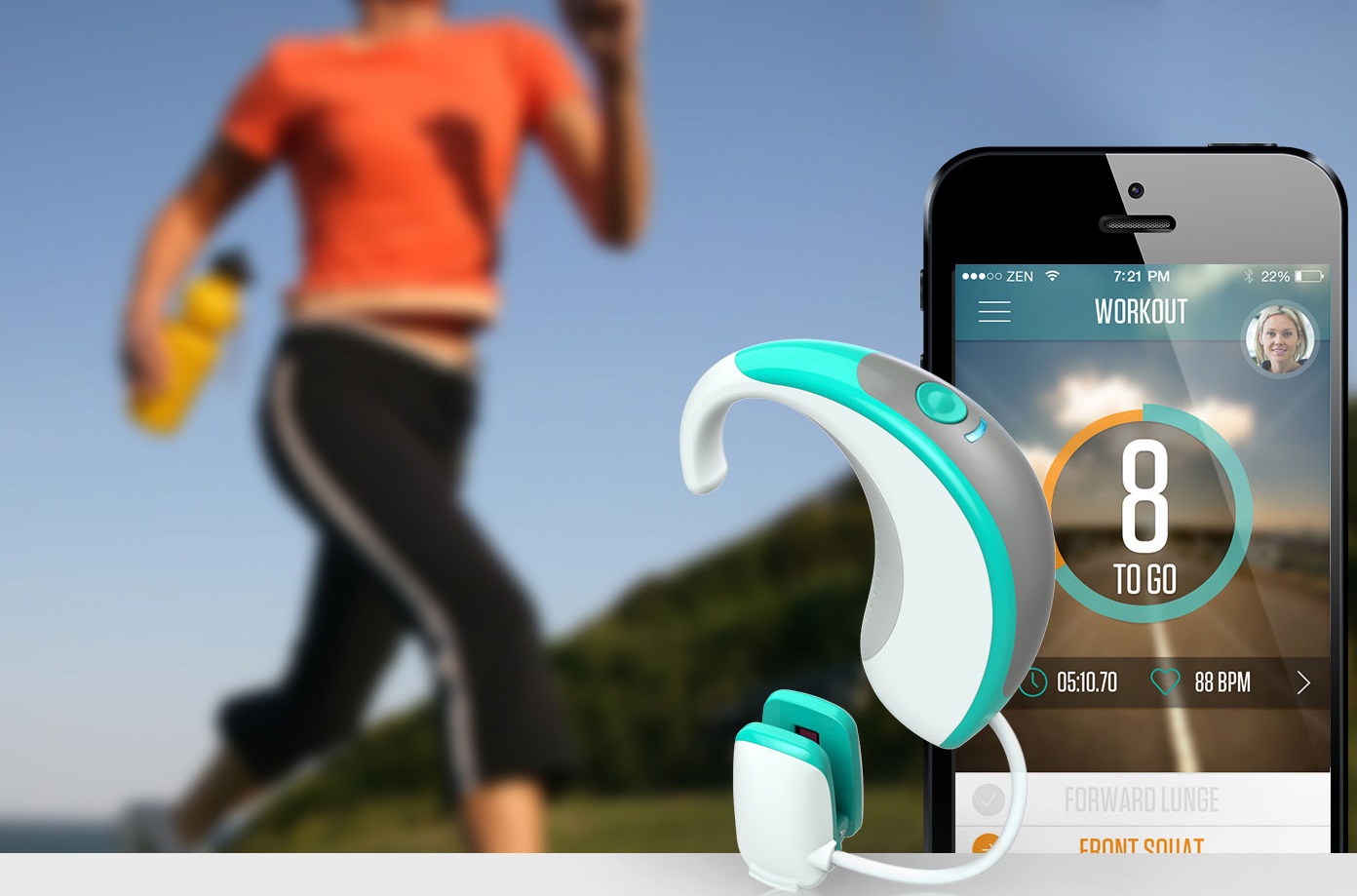02 Jun 2014
By Belle

A fitness tracker for your ear, predictions for the wearable industry and more: Quantified Self weekly links
1. Lumafit

This wearable workout tracker sits on your ear and tracks gym workouts, teaches you to meditate and helps you complete an interactive workout with the help of three separate mobile apps [iOS and Android]. The Kickstarter is over-funded and about to end.
2. Basis sleep tracking study
It was just a small study, but the Basis B1 stood up fairly well against the scientific "gold standard" polysomnograph test:
The Basis Band and polysomnograph each tracked the patients’ sleep states (REM sleep, deep sleep, and light sleep) as well as their sleep duration. For the former, there was a correlation of r = 0.92 between the Basis Band and the polysomnograph, a fairly high score (a perfect correlation would be 1.0). For sleep duration, the average difference between polysomnography and the Basis Bands’ readings was 4.3 percent.
The released data is still preliminary, and there were only 12 participants, but it's a start towards more accurate sleep-tracking (and proof thereof) from fitness wearables.
3. Why Wearable Fitness Trackers Are Just A Fad That's Going To Die
Jason Jacobs, Runkeeper CEO, believe wearable trackers will die out and we'll all use our phones for health and fitness tracking:
I still remember everyone insisting in 2008 that no one would ever run or ride their bikes with their phone doing the tracking, when they could buy a dedicated fitness device to do the same thing. Now, far more people use their phone to track their runs and bike rides than any dedicated fitness devices. Six years later, people are saying the same thing about always-on fitness tracking, and it is just a matter of time before history repeats itself yet again.
4. Cue
This device aims to help you regularly test five health indicators: Vitamin D, Inflammation, Influenza, Testosterone and Fertility. The kit comes with a swab wand, and each test requires either a saliva, blood or nostril swab.

Load a cartridge. Collect a sample with the Cue Sample Wand. Slide it into the cartridge. A few minutes later, your health information is wirelessly delivered to your phone.
5. Sector Roadmap: Quantified Self devices and platforms
We're pretty on board with this finding:
Companies that can create a data analytics business model, particularly one that supports and encourages the potential for behavioral change, will be winners. Useful analytics feedback will engage users and encourage usage, which in turn will cultivate positive health and fitness behaviors.
More:
- xGear: another driving tracker for your car
- Acer Liquid Jade smartphone revealed with Leap wearable
- GYMWATCH: a wearable tracker for your gym workouts
- Wearable tech devices hit another bump in the road
- Gym Game: compete against friends in the gym [iOS]
- Automatic partners with Jawbone: your UP app can now import data from driving assistant Automatic
- HabitClock: an app to help you plan and keep your morning routine [iOS]
- Fjuul: a fitness-tracking app that turns your activity into "fjuul point" [iOS]
- LeapBand: a kids fitness tracker from LeapFrog
Subscribe Keep up to date with the Exist blog. Delivered to your inbox.